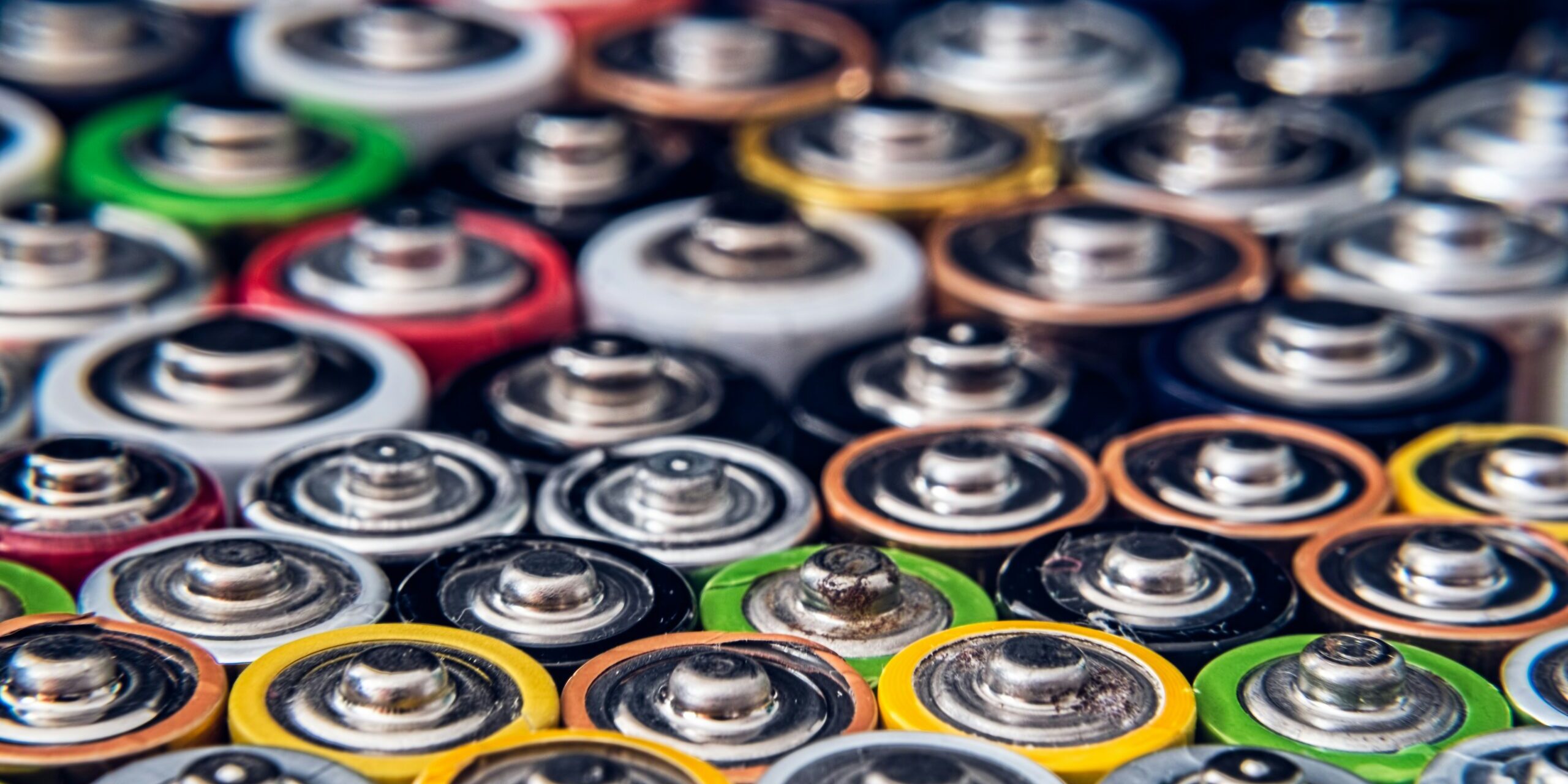The European region is gearing up for a significant increase in battery storage projects, with the United Kingdom, Ireland, and Italy leading the charge in investment.
Projections suggest a potential sevenfold expansion, with capacity connected to transmission networks expected to exceed 50 gigawatts by 2030, according to research from Aurora Energy Research, as cited in a recent Bloomberg News report. This surge in battery storage capacity is poised to enhance the ability to store excess power, distribute it during times of scarcity, and align with government targets for achieving net-zero emissions.
The clean-energy transition has witnessed record-high global spending, particularly in the European Union, which allocated $341 billion in 2023 for deploying clean technologies—an increase of 35% from the previous year, according to BloombergNEF.
In Europe, the momentum in battery investment has been further fueled by various factors, including policy incentives such as the US Inflation Reduction Act, which provides investment tax credits for domestic solar, battery, and electric-vehicle factories. Additionally, notable growth is evident in Australia, where utility-scale installations are expected to more than double this year.
Within Europe, the United Kingdom stands out as a frontrunner, forecasted to quintuple its energy storage capacity by 2030. Notably, the UK has seen the addition of more large-scale capacity in 2022 than any other nation, according to industry experts.
The ripple effect of this growth is being felt across the continent, with countries like France, Germany, and Poland taking note of the success stories in the UK and considering policy adjustments to foster similar developments.
Peter Kavanagh, CEO of Harmony Energy Storage, remarked on the trend, stating, “France, Germany, Poland are seeing what’s happening in the UK and saying, ‘Great, batteries work.’ Let’s embrace and change policy to enable them.







